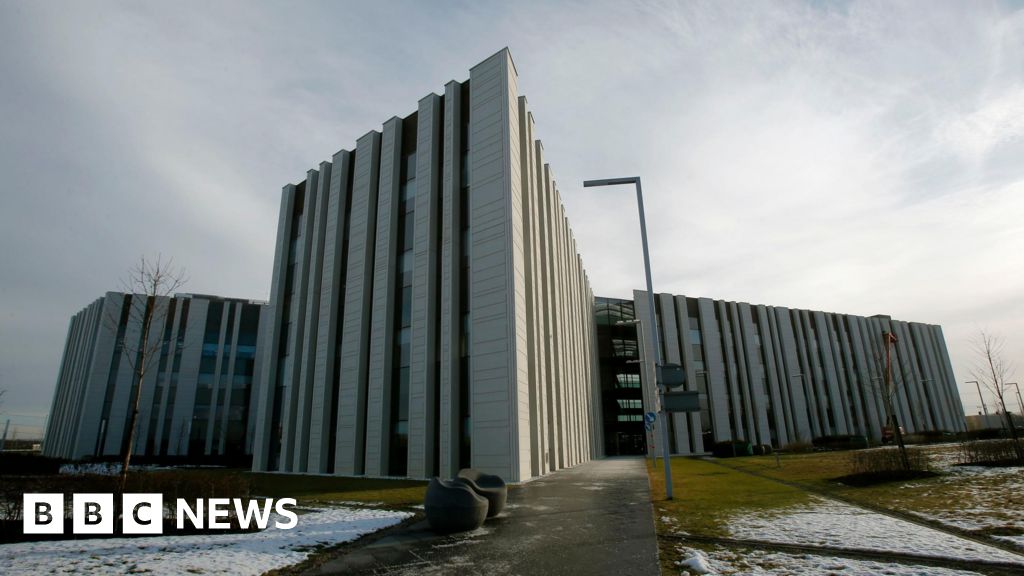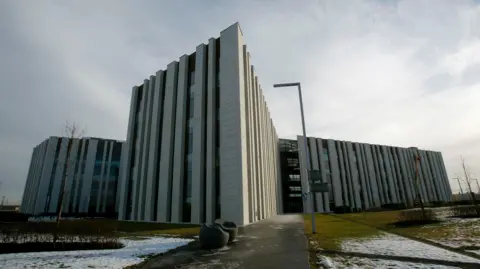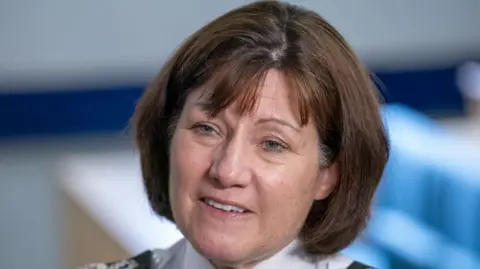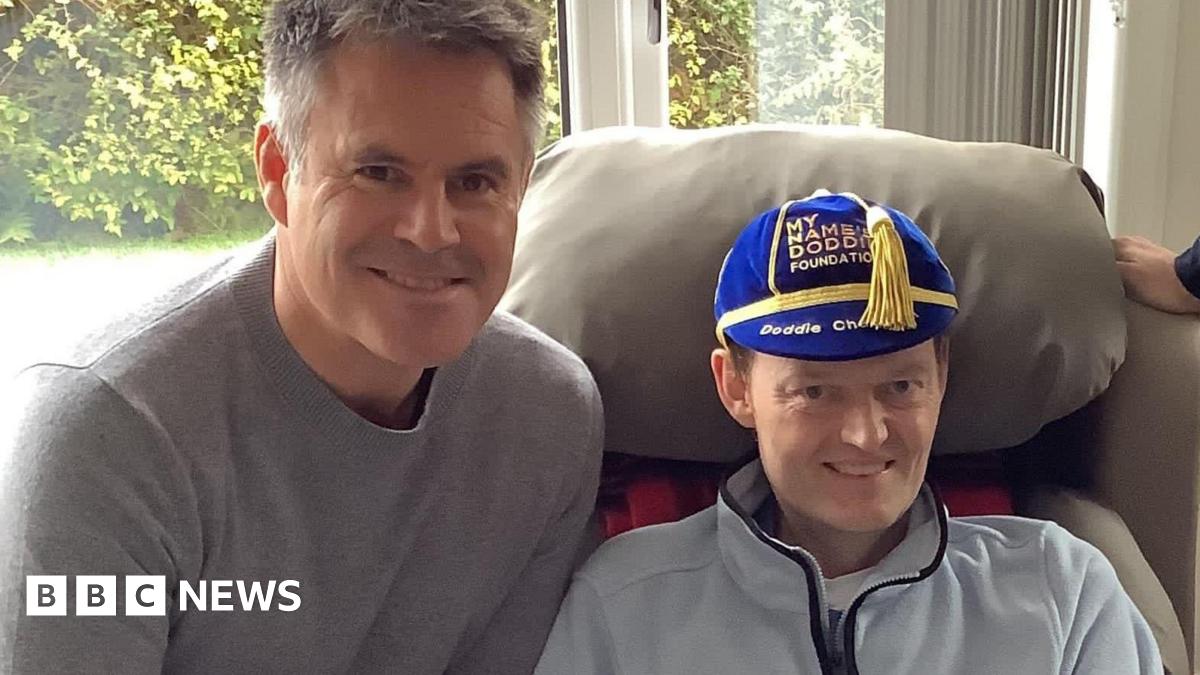Bussiness
Campus at the heart of Scotland’s fight against organised crime

 PA Images
PA ImagesFor journalists, the Scottish Crime Campus is a place of tantalising secrets waiting to be told.
The four-storey building at Gartcosh in Lanarkshire resembles the swish headquarters of a financial company.
Inside, men and women chat over lattes in breakout areas scattered around a vast atrium. It’s airy, impressive and a world away from a gritty old cop shop.
But behind the corporate good looks, what goes on here is deadly serious.
Security is tight and filming severely restricted, in case an undercover officer or confidential document is caught on camera.
All those secrets are kept under wraps until cases go to court and convictions are secured.
Opened in 2014 on the site of an old steelworks and modelled on the shape of a DNA particle, the £73m campus now houses 1,100 workers from 18 key organisations.
Police rub shoulders with Scottish government officials, prosecutors, forensics, customs, environmental protection officers and even staff from the Department of Works and Pensions.
The idea was that bringing them together under one roof would increase collaboration and create a multi-agency intelligence led approach against serious and organised crime.
 PA Images
PA ImagesEvery year the campus has 100 groups and 1,400 individuals under investigation. It says that annually, it dismantles and disrupts a third of those groups.
Their activities include drugs, smuggling firearms, human trafficking, child abuse and sexual exploitation, serious fraud, cyber crime and illegal dumping.
The campus’s 10th anniversary celebrations highlighted a series of successes against big name criminals, many of whom were extradited to Scotland after hiding abroad.
People like Christopher Hughes, now serving life over the murder of a crime blogger outside a sex club in the Netherlands.
Millions of pounds worth of drugs were seized by Operation Venetic, which followed the dismantling of an encrypted communication service used by crooks.
In the last year, inquiries have led to the discovery of £20m of cocaine, £3m of heroin and £6m of cannabis.
Kenny Donnelly, deputy crown agent at the Crown Office, Scotland’s prosecution service, said some of the people they’ve jailed thought they were untouchable.
A total of 952 serious organised crime gang members have been imprisoned in the last five years.
But that success has to be seen in the context of Scotland’s death rate from drugs, for years the worst in the UK and the rest of Europe.
The whack-a-mole nature of the fight against drugs – jail one gangster and another pops up – means it’s a never ending challenge.
 PA Images
PA ImagesPolice Scotland’s Chief Constable Jo Farrell said: “That is the way the market operates, but it’s our role to make sure that environment is as hostile as possible.
“You’ve seen over the years the many successes we’ve had in that space but some of this is also about education, economic development and the prosperity of communities.”
Ms Farrell talks of the importance of tackling organised crime with specialist officers like those at Gartcosh and also through community policing.
But at the end of June, officer numbers at Police Scotland were down to 16,200, a 16-year low.
Ms Farrell said that this year, the force will recruit more new officers than ever before, taking its strength back towards the target of 16,600.
What does the future hold for Gartcosh?
Assistant Chief Constable Andy Freeburn chairs the board which oversees the work of the crime campus.
He predicts more integration, a further “blurring of the lines” between different agencies.
They’re exploring the creation of a centralised analytical hub and a single command centre to deal with cyber crime.
“Integration is the next step beyond collaboration,” he said.
Presumably, much will depend on protecting the campus from budget cuts.
Ms Farrell admits that for her force, financial pressures are once again a worry.
“It’s something we’re planning for,” she says. “I’ve faced it before in 2008 and 2009 in England and let’s hope that the impact isn’t as detrimental as it was in the past.
“We will plan and work in partnership to drive efficiencies.
“We will make a very, very strong case to the Scottish Government as to why Police Scotland should be funded well.“











